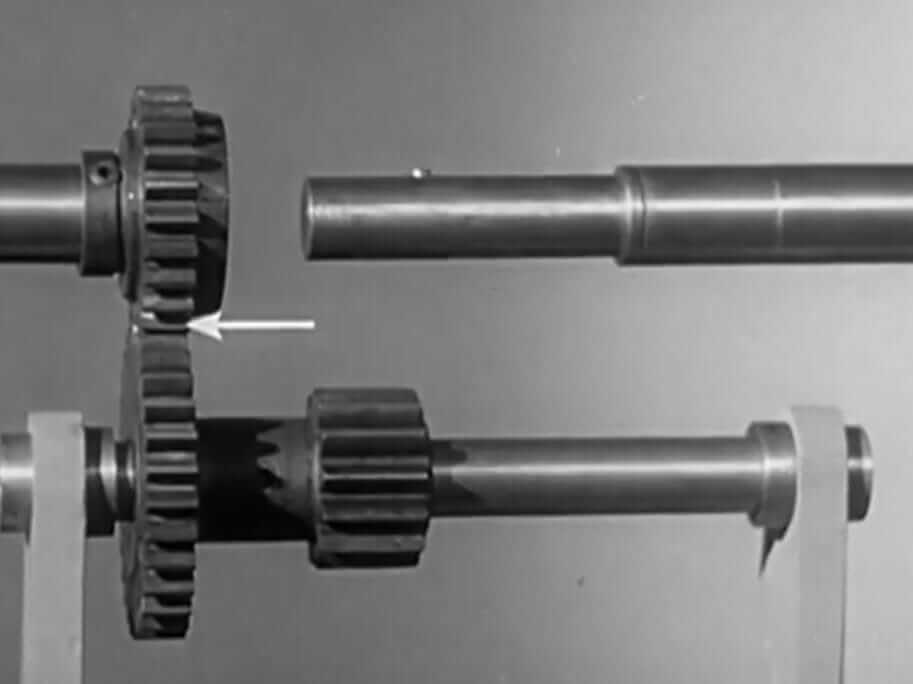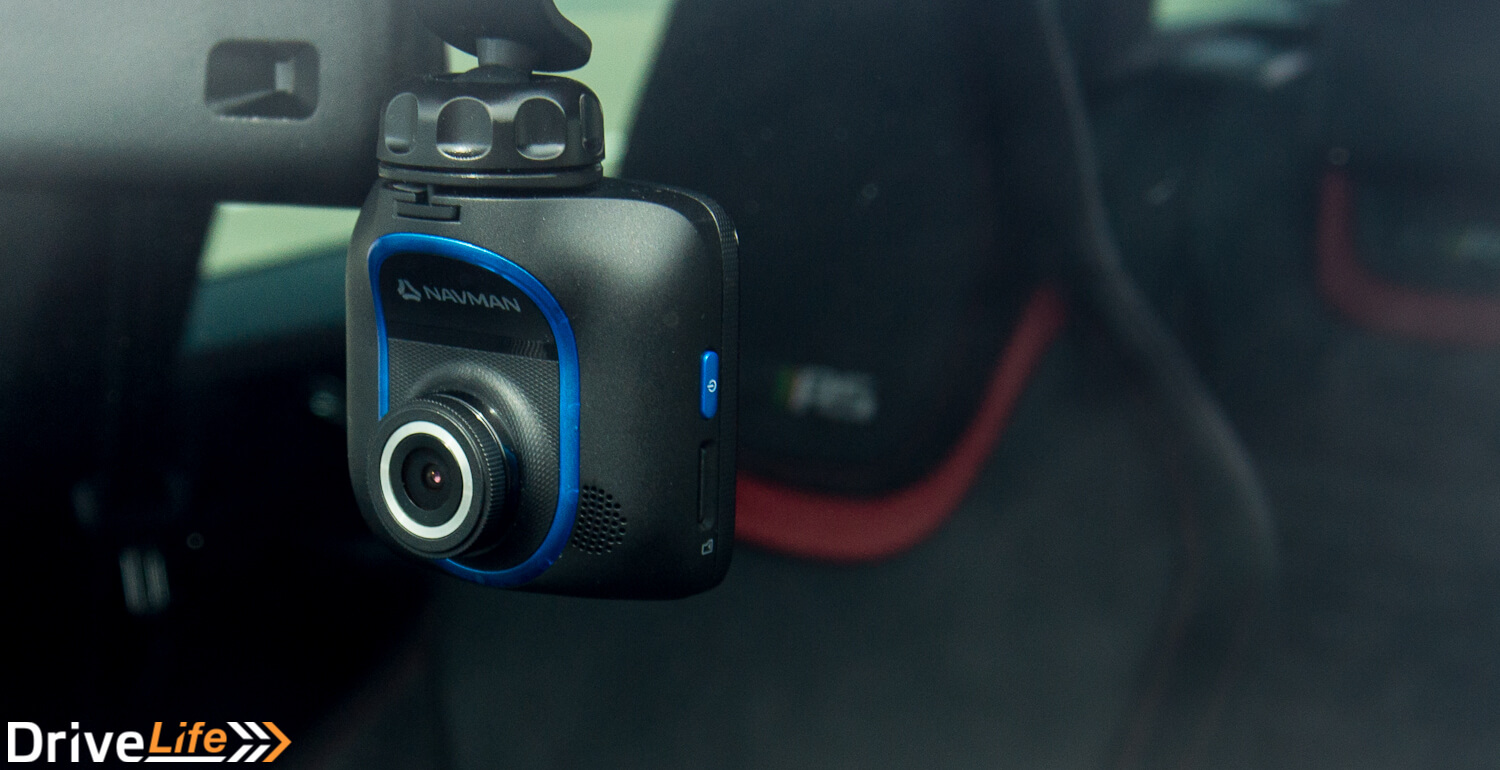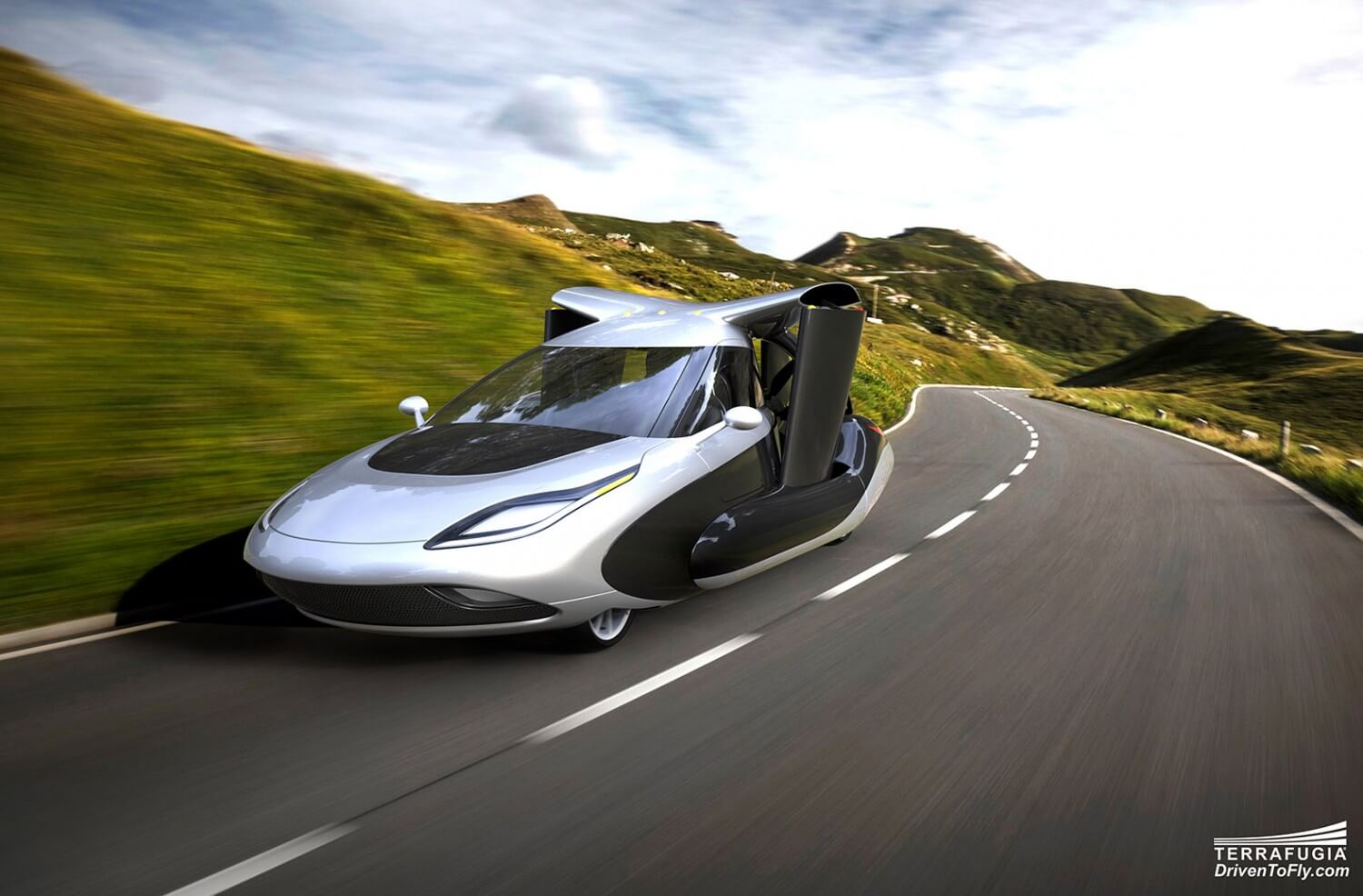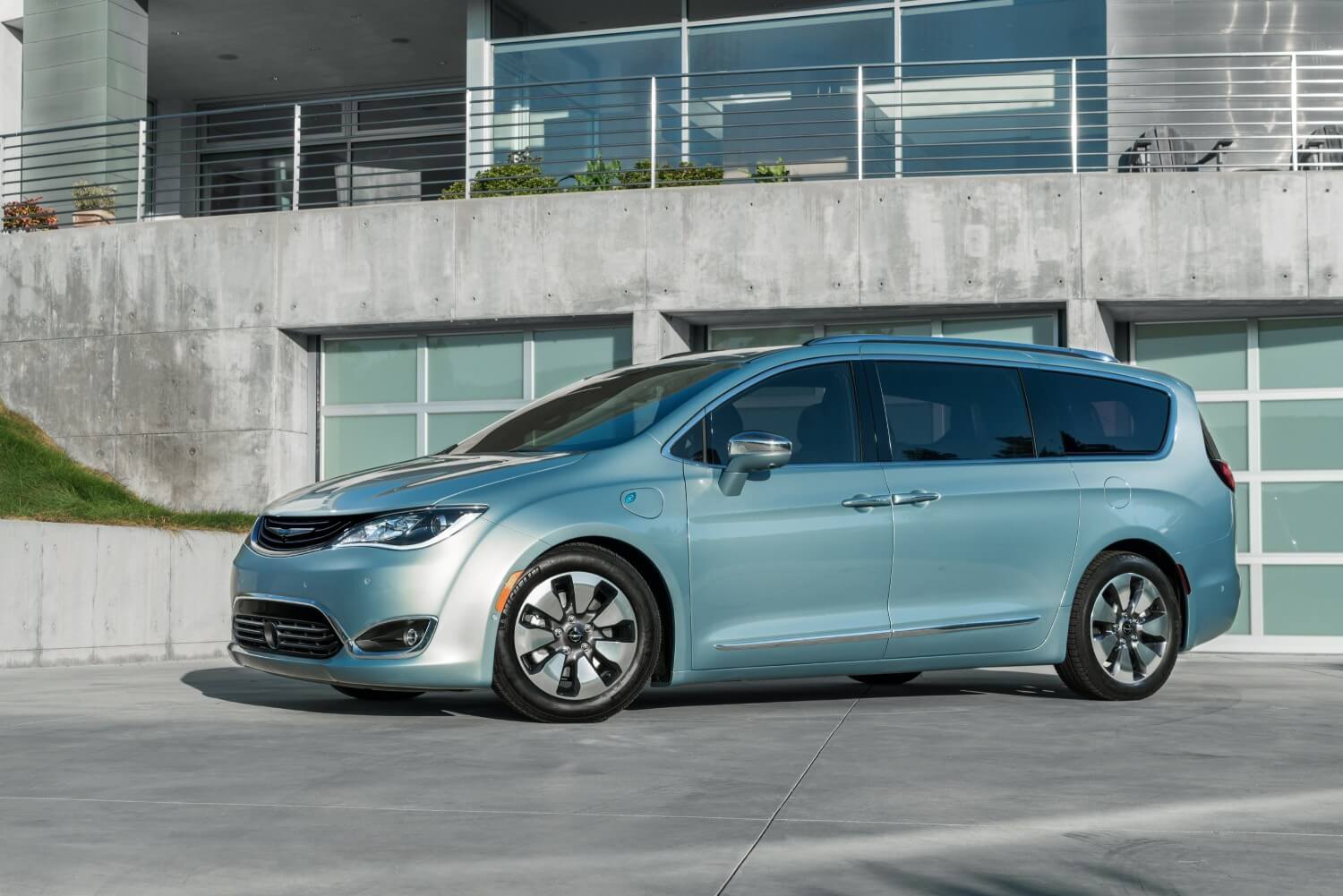‘”The transmission in the modern motorcar — the mechanism that makes it possible to have three forward speeds and a reverse — is a series of levers, levers that spin.”
VS cartoon of Archimedes trying to move earth with a lever extending from the moon or another planet in outer space; CU cartoon of Archimedes says “Give me a lever long enough and I can move the world.”
CU disembodied hands using antique can opener to open a can of peaches; CU can open cutting through top of can.
Two boys playing on a seesaw.
CU pitch bar tool inserted between train wheel and track; man cranks large lever to move freight car along track; CU disembodied arm pumps lever lifting antique car off ground.
VS man demonstrates basics of the lever using triangular piece as fulcrum and a long metal piece, man attaches 10 lbs. weight to one end of the bar and a 5 lbs. weight to the other end; man hangs various weights from both ends of the bar balancing the two by moving the fulcrum to various points along the bar; man demonstrates how a gear is constructed through numerous interlocking levers.
VS stop-motion animation of two wheels with paddles added one by one turning wheels into paddle wheels and then into interlocking gears; cuts to more sophisticated gear; cuts to metal gears; VS CU different types of machine gears, worm gears, bevel gears, lopsided gears.
Disembodied arm pieces together piece by piece a basic motor with various gear components; superimposed text appears labeling various parts; superimposed arrows identify different gears; motor begins to turn; cuts to CU car drives across frame; cuts back to crude motor; camera pans to Revolutions Per Minute dial which reads 100 rpm, camera pans to another RPM instrument dial which reads 30 rpm; CU crude model of gears in motor, superimposed arrows show flow of energy through the system.
CU RPM instrument dial reads 60 rpm; CU churning gears of motor, superimposed arrows she flow of energy through gear system; VS man demonstrates on gears how shifting to various gears works.
CU arrow point to 90 rpm on deal labeled Revolutions Per Minute; VS man demonstrating different gears.
Great shot 4 lanes of cars stopped at stoplight on city street; Travel Bureau sign in background.
CU disembodied hand in white glove shifts clutch of car; CU motor shifting gears; CU tire with Chevrolet hubcap begins to move; 1920s and 1930s cars stopped at traffic light begin to move; CU inside car woman shifts gears; car driving down tree-lined highway in possibly New York, what appears to be the Statue of Liberty is seen off in the distance.
Woman enters drivers seat of Chevrolet, man waves start flag; car drives off down street; CU disembodied woman’s foot on gas pedal beside break and clutch pedal with Chevrolet logos; CU speedometer shows car hitting 60 mph; CU woman downshifts; CU speedometer goes down to 35 mph; car stops at bottom of hill.
CU sign along rugged road ‘Steep Hill Use Second Gear”‘
Public domain film from the Library of Congress Prelinger Archive, slightly cropped to remove uneven edges, with the aspect ratio corrected, and mild video noise reduction applied.
The soundtrack was also processed with volume normalization, noise reduction, clipping reduction, and equalization (the resulting sound, though not perfect, is far less noisy than the original).
http://en.wikipedia.org/wiki/Transmis…)
A machine consists of a power source and a power transmission system, which provides controlled application of the power. Merriam-Webster defines transmission as: an assembly of parts including the speed-changing gears and the propeller shaft by which the power is transmitted from an engine to a live axle. Often transmission refers simply to the gearbox that uses gears and gear trains to provide speed and torque conversions from a rotating power source to another device…
Manual
Manual transmission come in two basic types:
– a simple but rugged sliding-mesh or unsynchronized / non-synchronous system, where straight-cut spur gear sets are spinning freely, and must be synchronized by the operator matching engine revs to road speed, to avoid noisy and damaging “gear clash”,
– and the now common constant-mesh gearboxes which can include non-synchronised, or synchronized / synchromesh systems, where typically diagonal cut helical (or sometimes either straight-cut, or double-helical) gear sets are constantly “meshed” together, and a dog clutch is used for changing gears. On synchromesh boxes, friction cones or “synchro-rings” are used in addition to the dog clutch to closely match the rotational speeds of the two sides of the (declutched) transmission before making a full mechanical engagement.













































